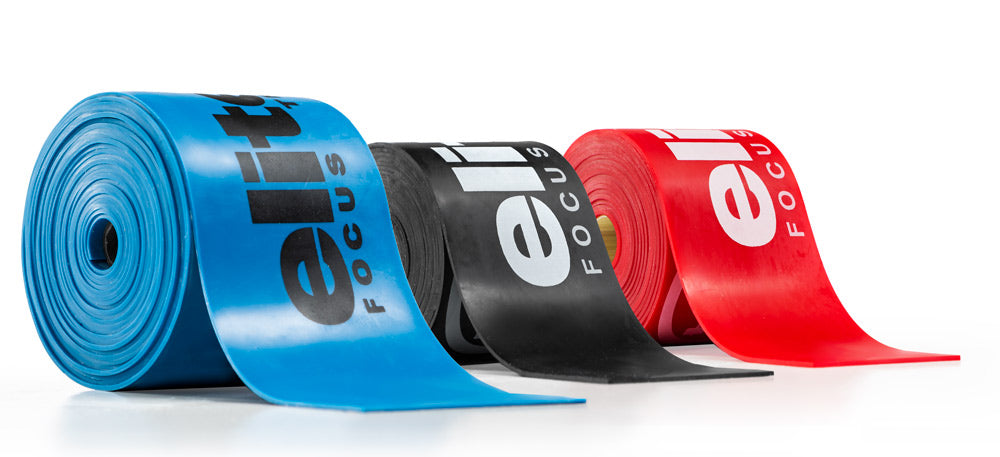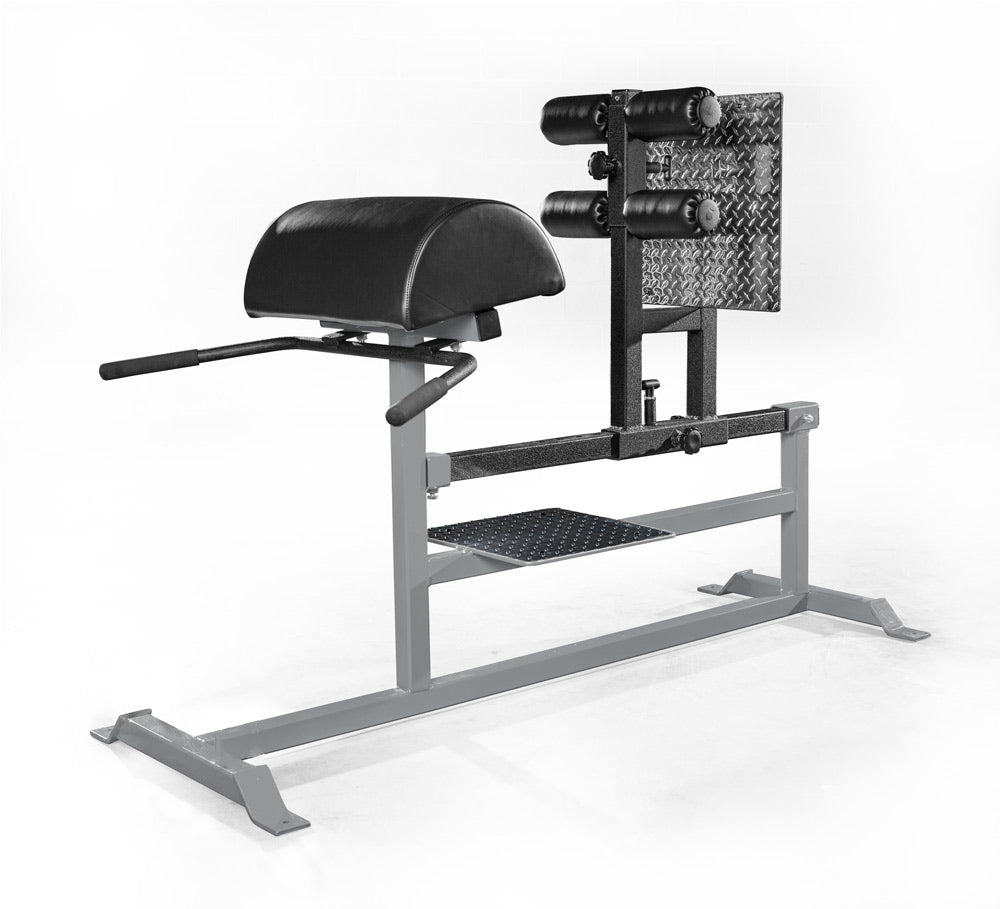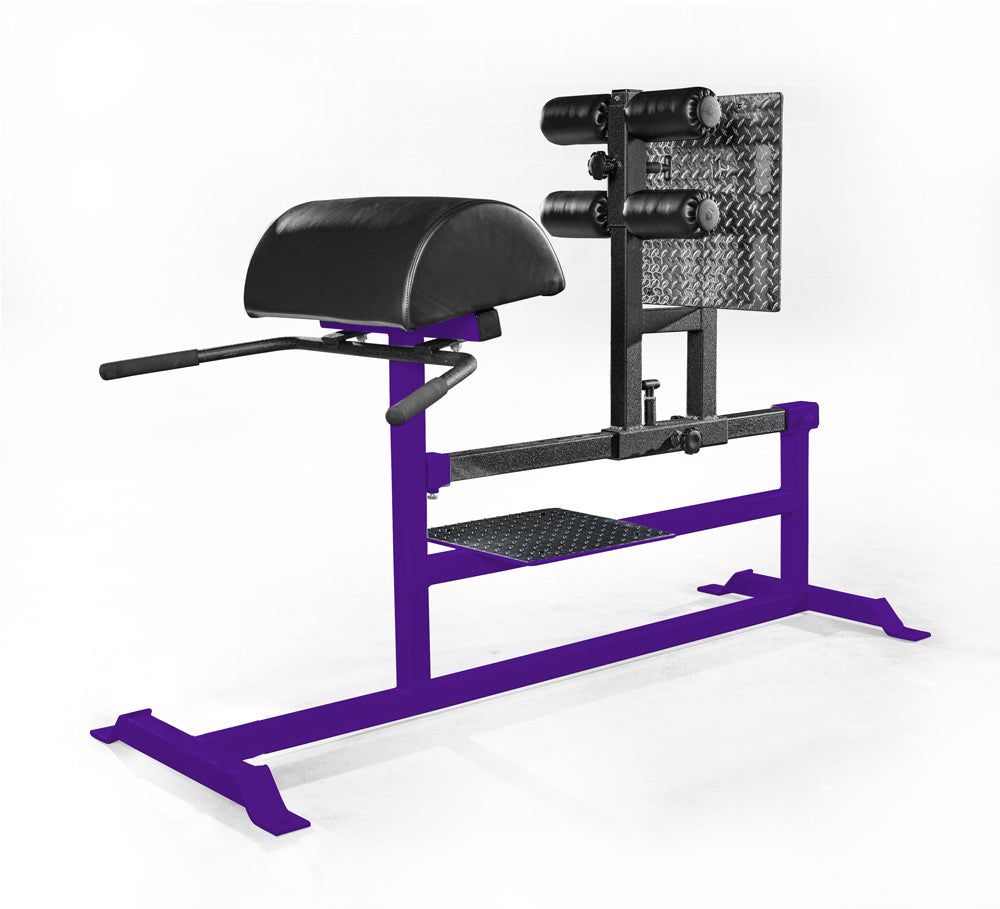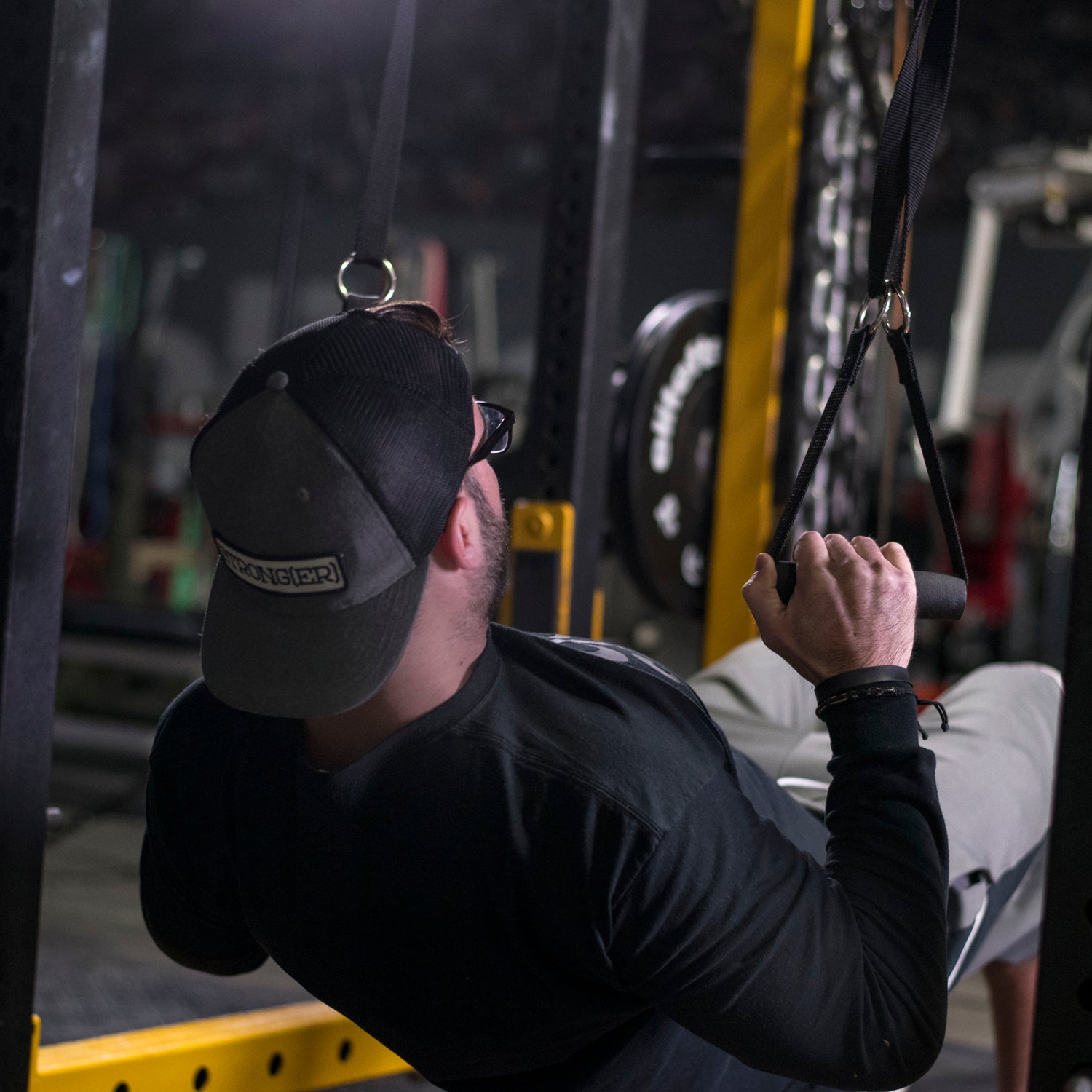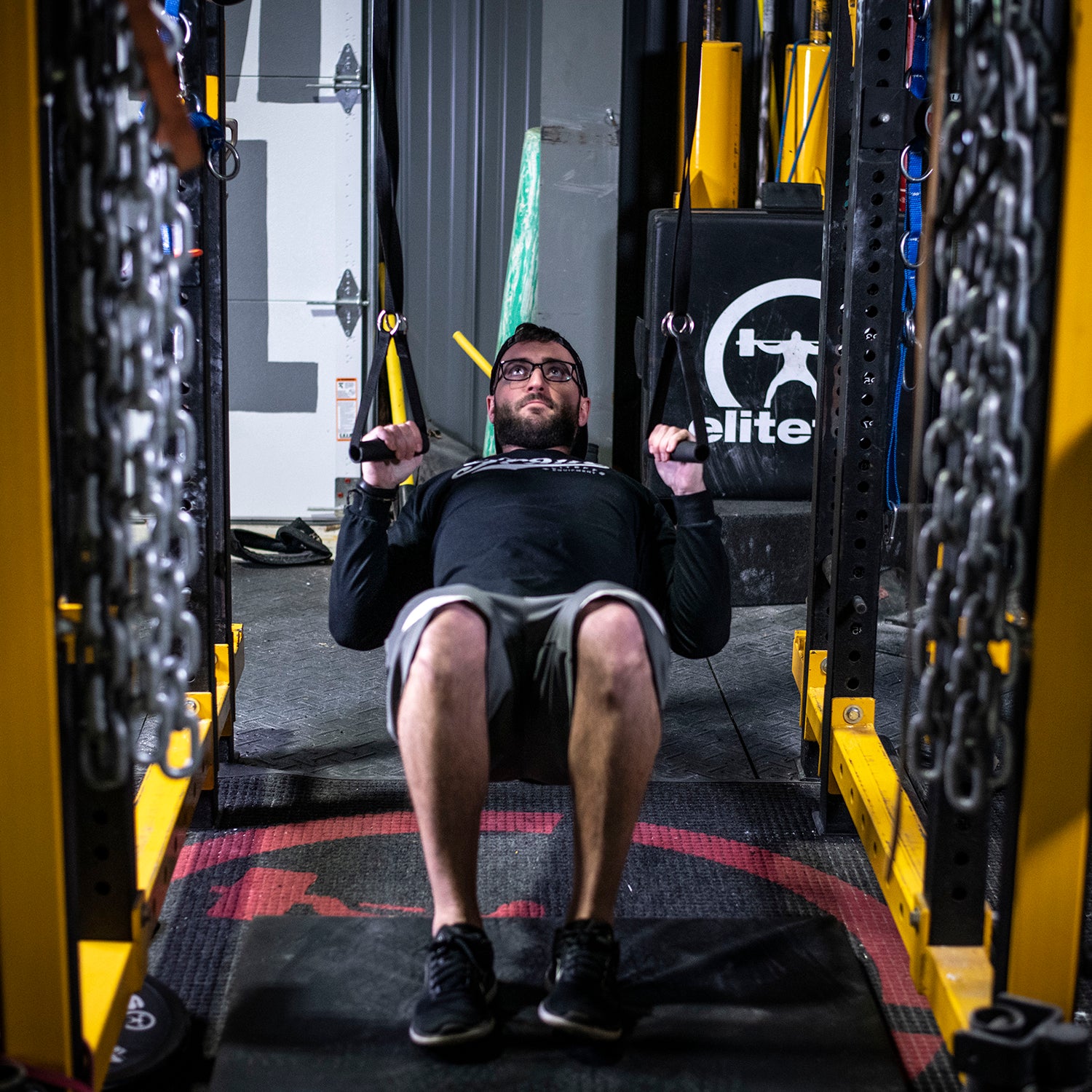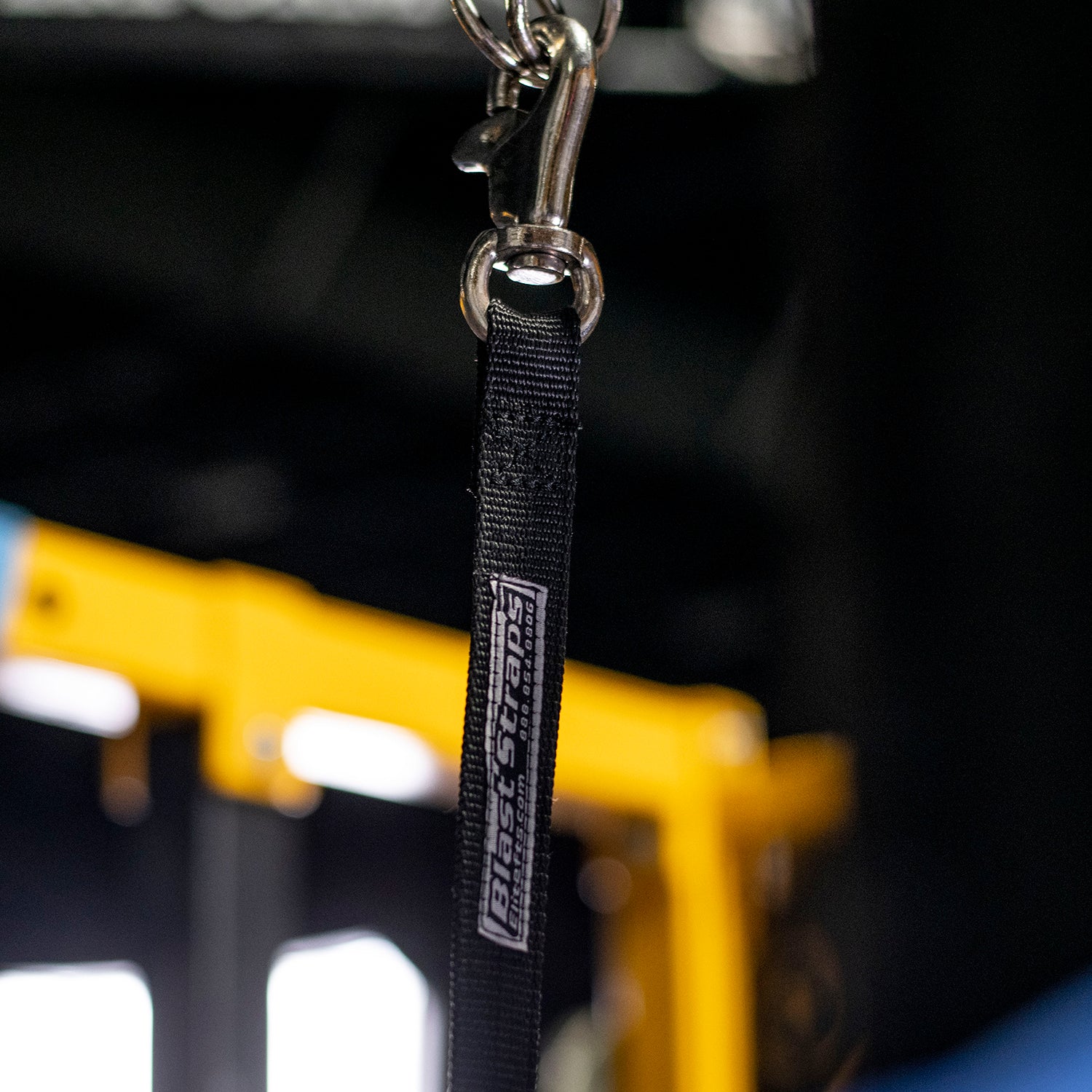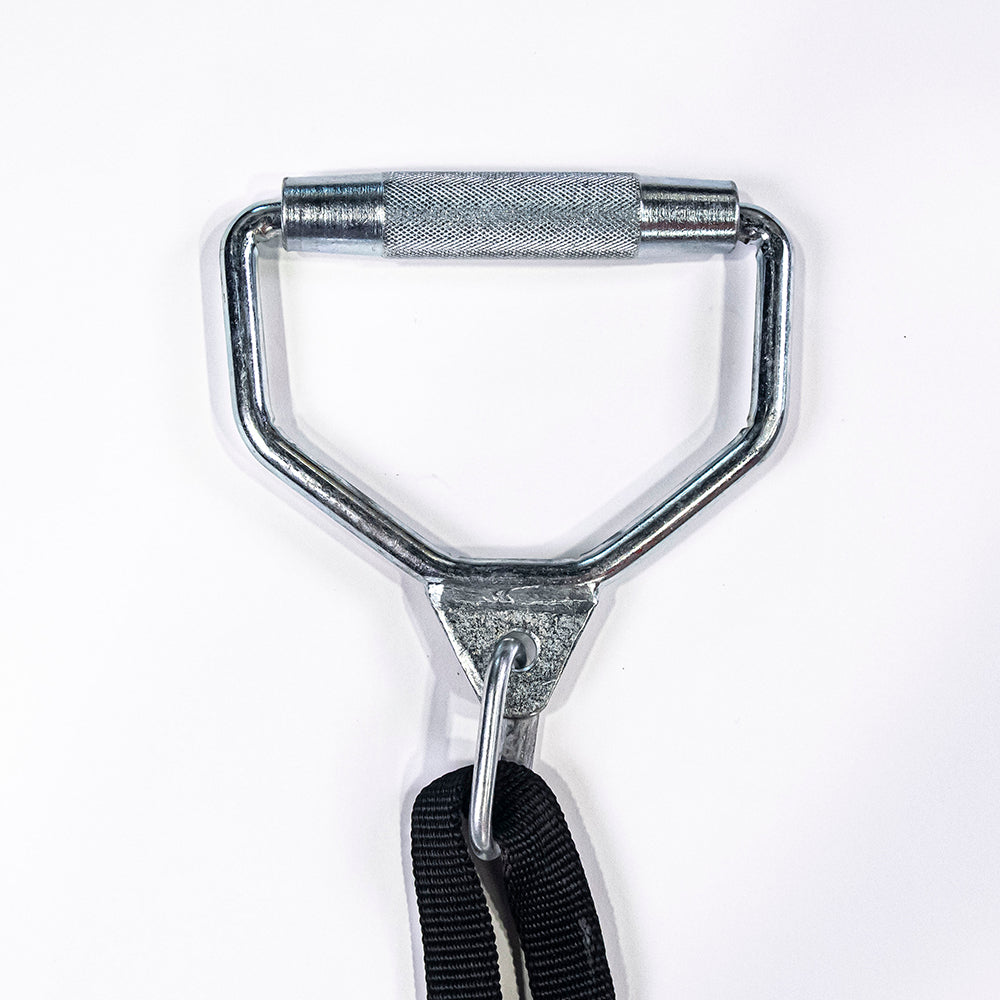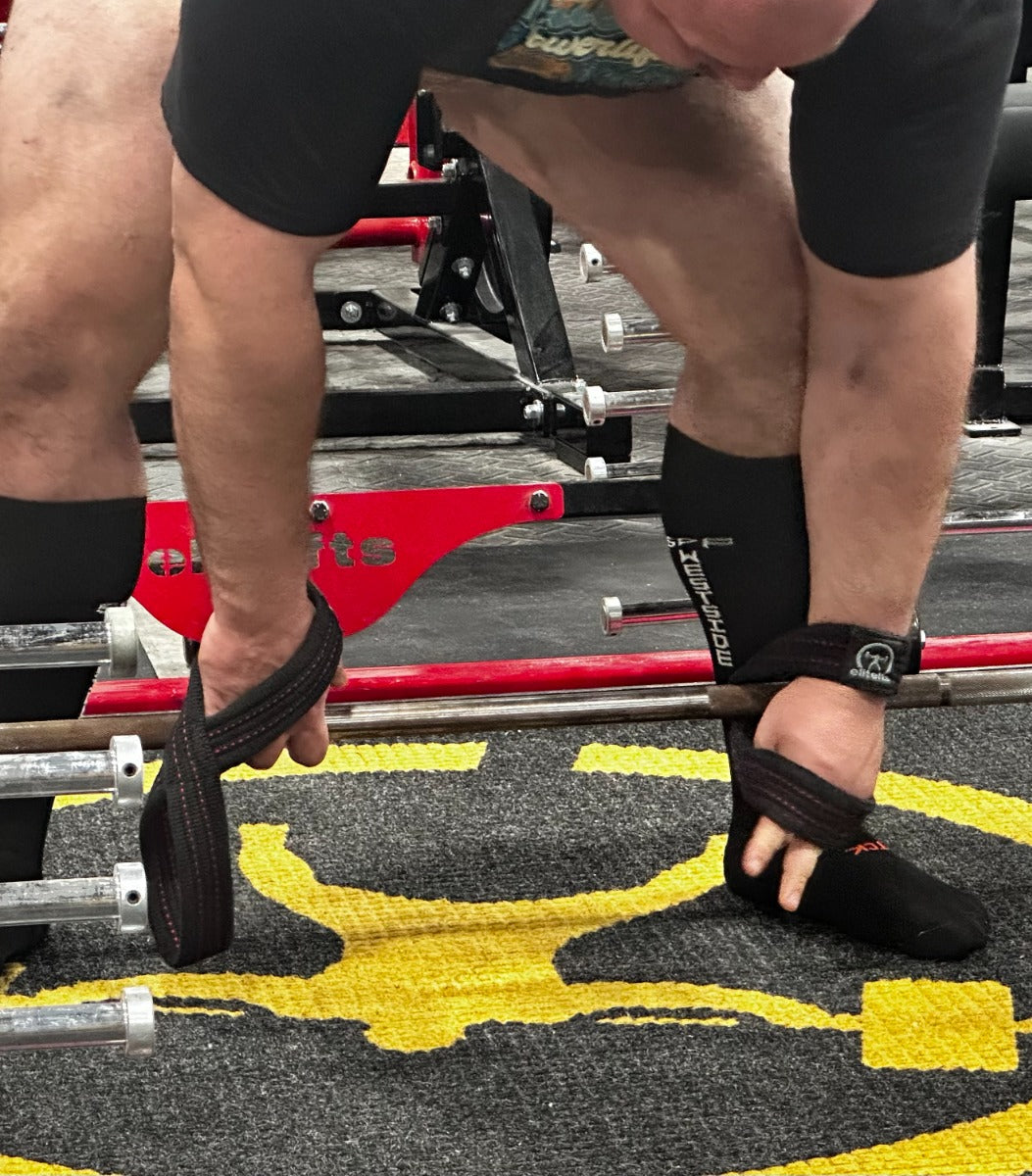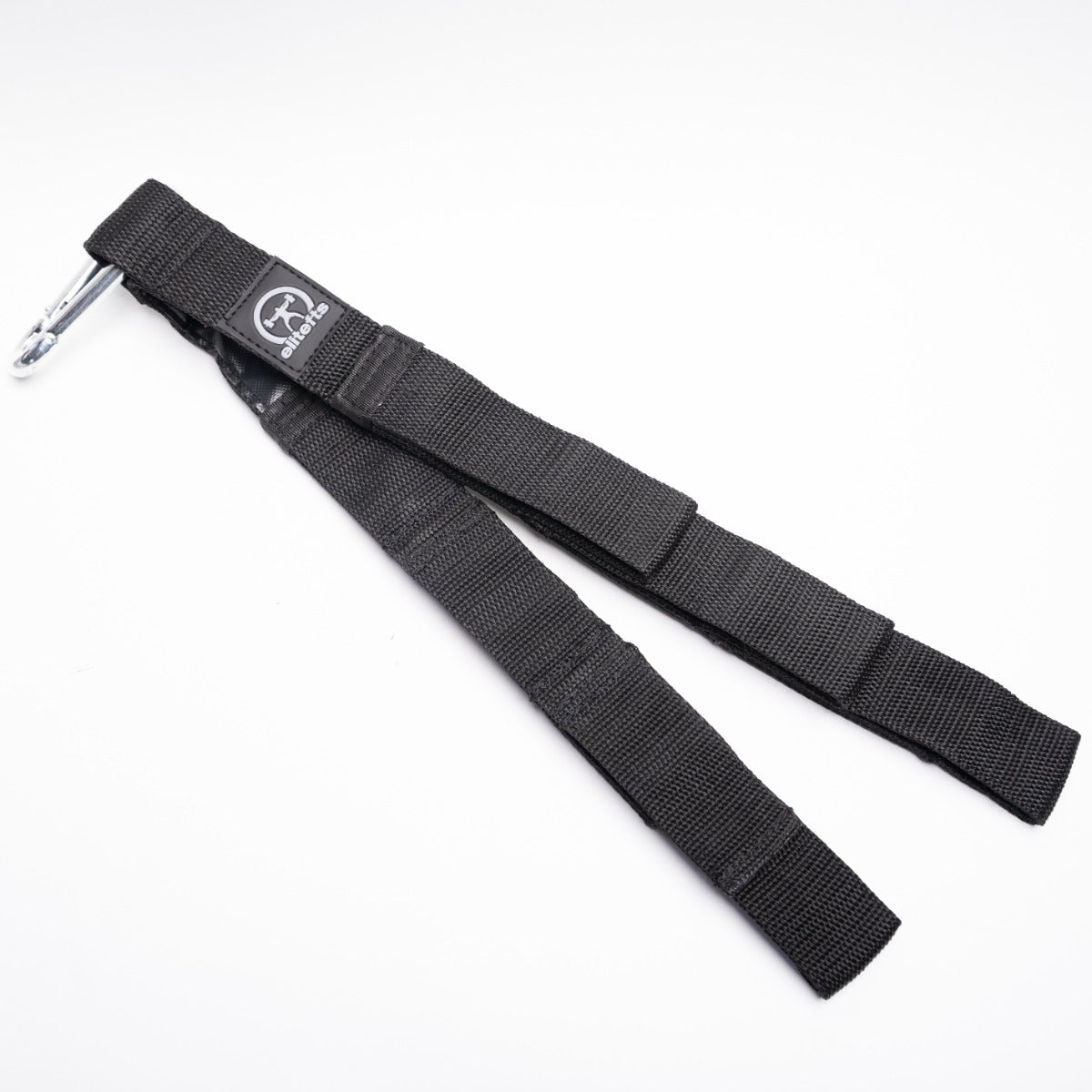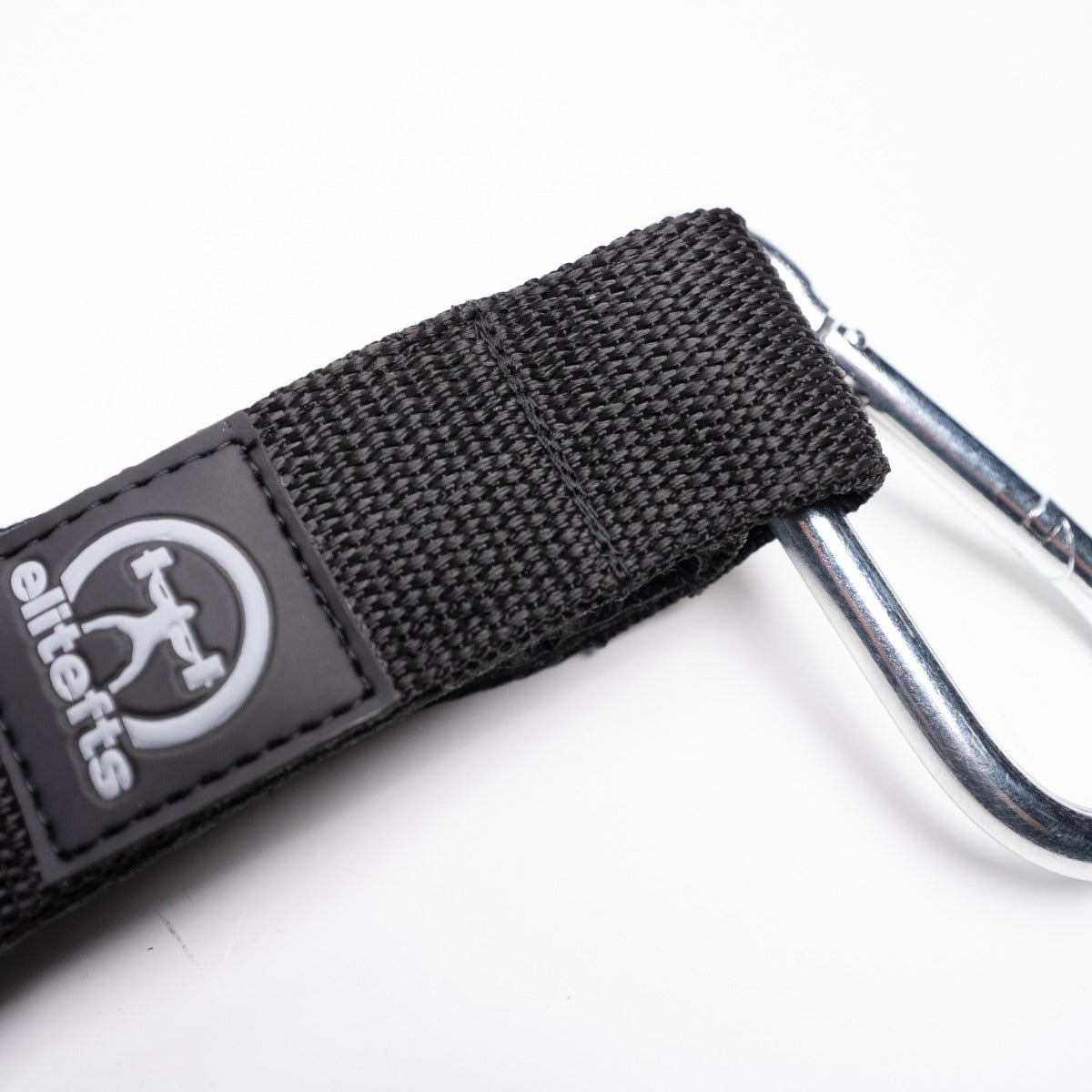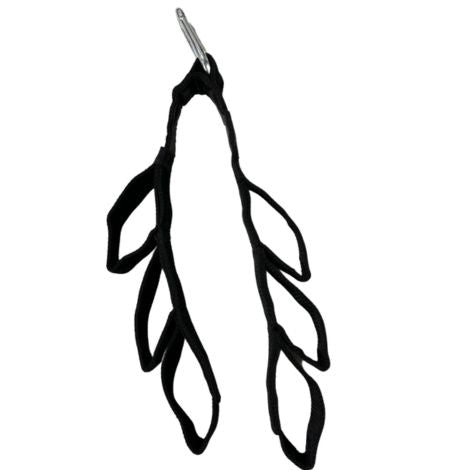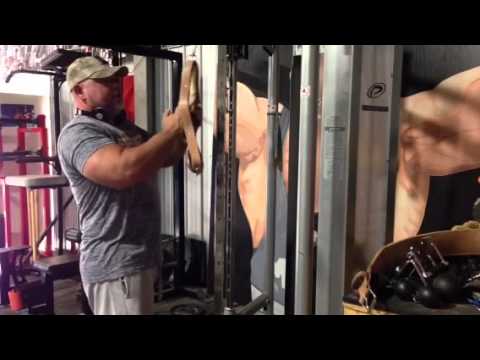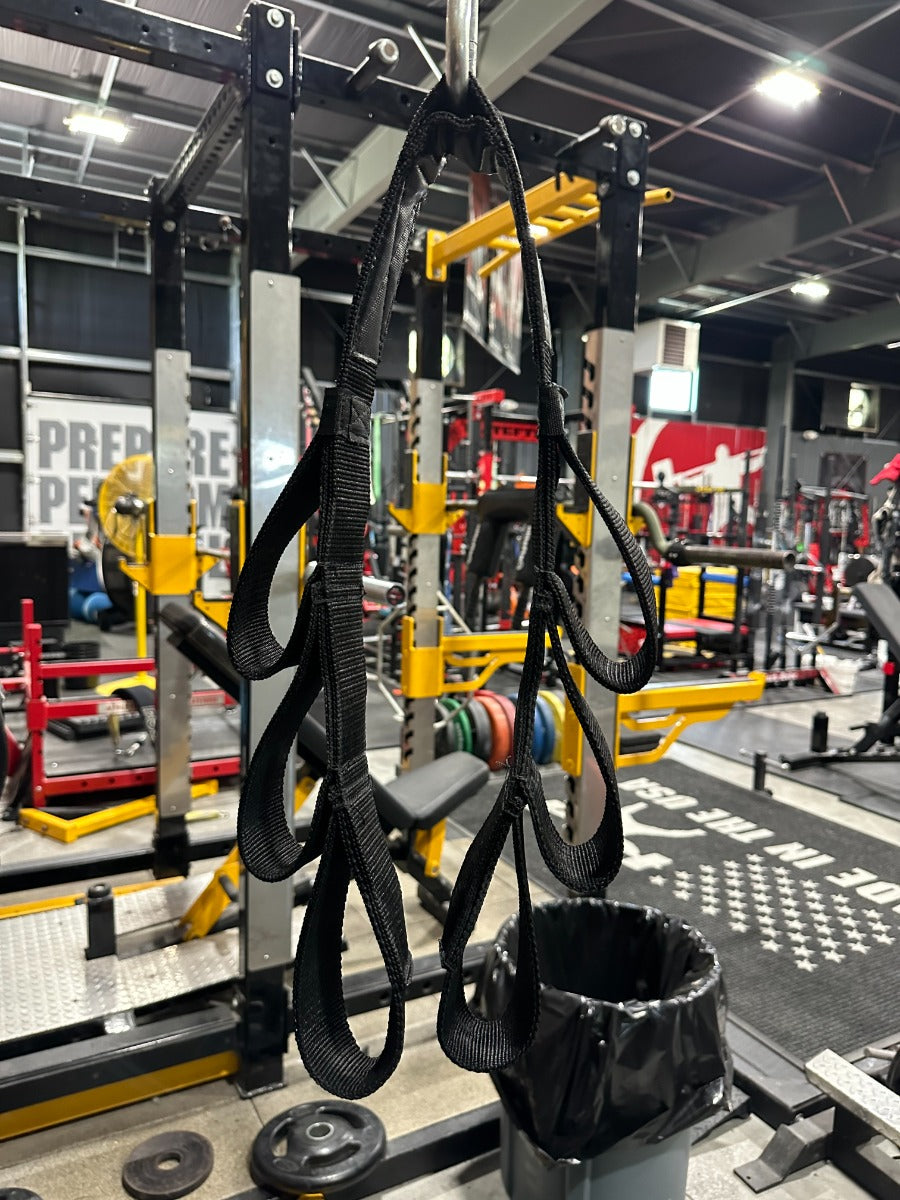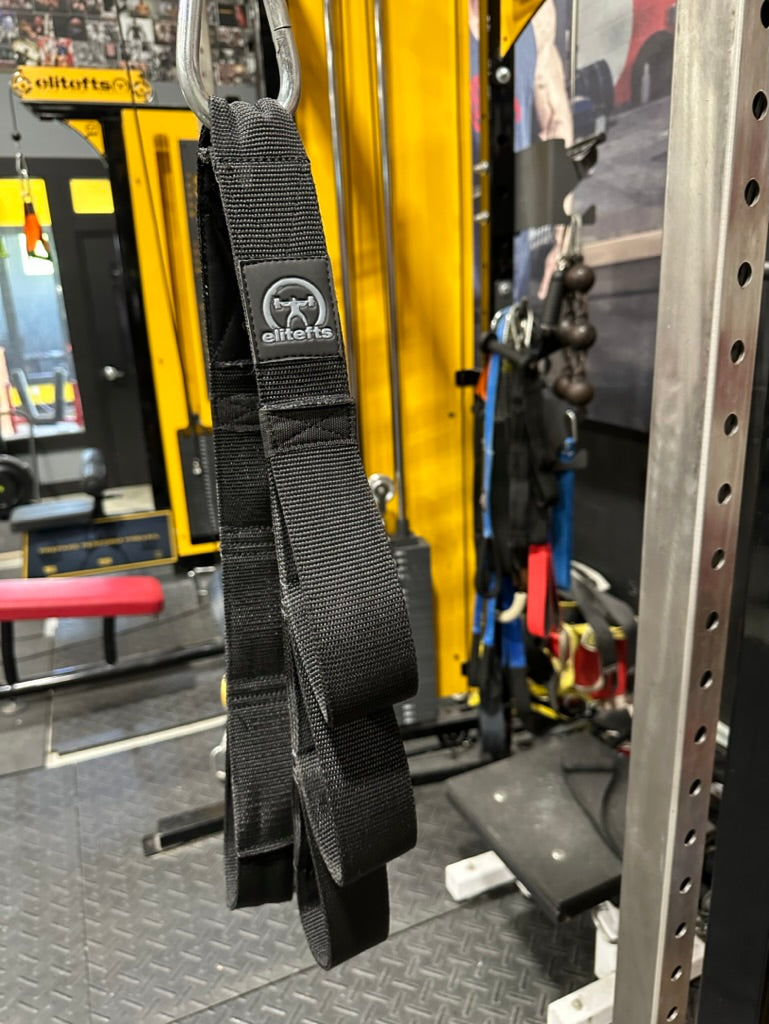One of the biggest conceptual revolutions in powerlifting is the idea of dynamic correspondence, a term first brought to my attention by watching Dave Tate Learn To Lift Seminar. The idea that an exercise selection, whether it be supplemental or accessory needs to have a measurable direct correlation to improving the objective outcome that is the primary lift. Once the technique is equated four and a true sticking-point in a primary lift is established we are then taught to overload accessory movements which would address the particular sticking point that seem to be the rate limiter in the main movement. Let’s take the example of weak triceps in a bench press, barring no red herrings in technique, we could assume that the strength of the triceps and might be a rate limiter to our ability to complete the bench press at heavier percentages. With this in mind, a myriad of tricep exercises could be implemented. But looking through the lens of dynamic correspondence we can quickly start to rank order exercises that might be more effective in building strength in the bench. If posed with the sticking point would you rather do banded tricep extensions? Or would you rather overload a close grip bench press? Even someone with minimal powerlifting experience would see the benefit and dynamic correspondence of implementing the close grip bench press in this situation. PAIN AS A STICKING POINT This principle of selecting exercises with a direct carry-over into improving the strength of the rate-limiter of the primary lift has become an undisputed practice in strength training. However, as you enter into my world of applied biomechanics and injury risk management than principle begins to get lost. Let’s say the sticking point in your bench press is no longer weak triceps or an insufficient lock-out. Let’s say the Achilles’ heel of your bench press is actually coming from elbow pain at the bottom of the eccentric of the movement. Just as weak triceps can be the rate limiter to a bench press, as too is pain. Training frequency, intensity, duration will all take a hit if we are plagued by such pain. Yet more often than not we don’t look to apply the same level of specificity when addressing rate-limiters of pain as we do when posed with the given situation above. Sticking with the theme of the bench press and elbow pain being a hypothetical red limiter, Just as the triceps and the example before We can think critically and apply logical strategies to overcome this pain and get back to performing better. This common plight of bench press related elbow man often manifests itself from dysfunction of the shoulder, the shoulder breaks down into four functional subcomponents:
- The thoracic spine
- The scapula
- Our biased towards internal rotation
- Our ability to strengthen and stabilize into external rotation























